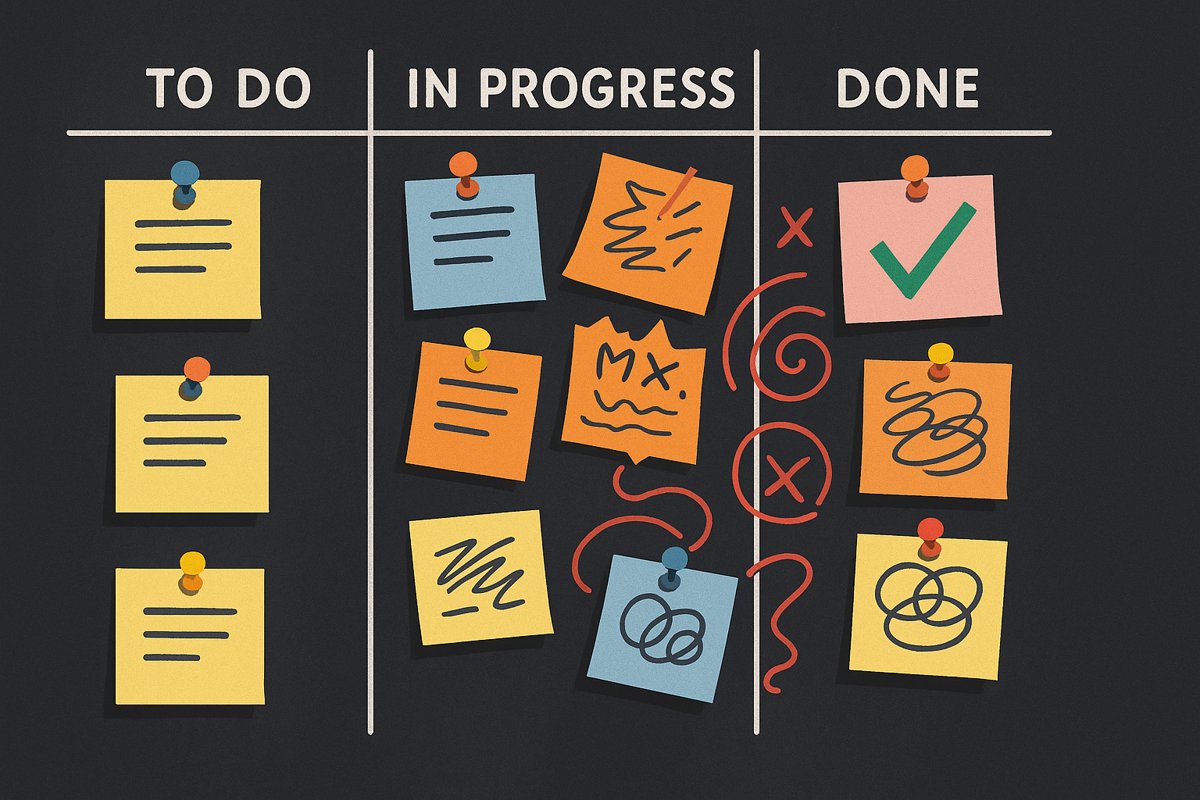I first experienced “agile” back in 2004 when I started working at what was then called EA Tiburon. The agile manifesto was still a relatively new concept and I was so excited to be a part of working in a new way. We had daily standups. We had whiteboards. We had sticky notes moving from column to column (like, actual physical sticky notes). But in practice, nothing about it changed the reality of hard deadlines imposed by publishers or the crunch time that inevitably followed. Agile was just another meeting in the morning before we went back to the same old patterns.
In the 25 years I have been working in tech ... and I want to be clear, this is not aimed at any individual I have worked with ... Everyone I have worked alongside has been doing their best 🫶🏼 But across all those years, I have seen the same pattern repeat in different industries and at different scales. Agile gets adopted locally. One team, maybe a department ... but the larger organization still runs on six-month or annual roadmaps. Those roadmaps come with fixed commitments, and when they change (and they always change), everyone feels the pain of having to re-align expectations across many organizational layers.
It is not about bad actors or poor intentions. It is about the human condition. We are wired to want certainty, especially when there is pressure from above to deliver on a promise. Executives need to forecast results to boards and investors. Managers need to keep schedules on track. And when things get tense, people naturally revert to the structures they know, even if those structures are the very things agile was meant to move us away from.
That is how you end up with hybrid systems that have the ceremonies of agile... standups, retros, sprint demos... but still measure success by delivering a fixed scope on a fixed date. It is agile in appearance, but not in mindset. The waterfall remains.
It reminds me of grand political ideologies that look flawless on paper. They make sense when everyone commits to the principles, but historically falter when only some people participate or when incentives pull in different directions. The gap between the ideal and the reality is not caused by the framework itself; it is caused by the difficulty of getting every layer of an organization to embrace the same set of values.
I think agile could work... and I have seen it work in localized conditions... but only when leadership, culture, and incentives are aligned all the way from top to bottom. That means roadmap flexibility at the portfolio level, the willingness to re-prioritize based on new information, and rewarding adaptability over “delivering to plan.” And just as important, it means creating real psychological safety when those priorities or timelines do change. If people know they are just going to get yelled at when something unexpected happens, they will simply tell you what you want to hear and let reality play out as reality is going to do.
Agile does not fail because it is wrong. It fails because companies want the speed without the agility.
